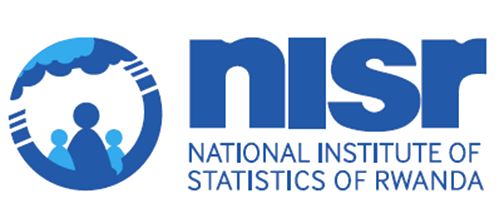Datasource:
Comprehensive Food Security and Vulnerability and Nutrition Analysis Survey (CFSVA)
Period:
January, 2022 to December, 2022
The Comprehensive Food Security and Vulnerability Analysis (CFSVA) and Nutriton survey 2022 is the fifth of its kind conducted in Rwanda, following those of 2006, 2009, 2012, 2015 and 2018.
In Rwanda, food insecurity and malnutrition are mainly caused by limited consumption of nutritionally diverse foods. Only 19.5 percent of children aged between 6 to 23 months receive a minimum acceptable diet (an increase of 2.5 percent compared to 2018), 32.8 percent reach the minimum meal frequency and 42.3 percent obtain the minimum dietary diversity of four food groups consumed. For women aged 15 49 years old, 32 percent meet the minimum dietary diversity for women (MDD-W) indicating that they have consumed at least 5 out of the 10 specified food groups in the last 24 hours, before the survey.
The Western Province of Rwanda has the highest prevalence of food insecure households (35.3 percent), followed by the Southern Province (22.2 percent), Northern Province (18.6 percent) and Eastern Province (14.6 percent). The lowest prevalence of food insecurity is found in the City of Kigali with 5.0 percent of moderately food insecure households.
Most households in Rwanda have a high reliance on markets for acquiring food. On average, two-thirds of food was bought at the market the week before the survey, while the last third came from household production or a small part from other sources.
Results from the 2021 CFSVA have indicated that 20.6 percent of the population in Rwanda is food insecure, of which 18.8 percent are moderately food insecure and 1.8 percent are severely food insecure. National stunting rates have significantly decreased from 34.9 percent in 2018 to 32.4 percent in 2021. Out of this 24.0 percent of children under 5 years of age are moderately stunted and 8.4 percent are severely stunted.
In comparison with 2018, the food security situation in Rwanda deteriorated by 2 percent. Food security continues to deteriorate exceedingly in Karongi (-14.7 percent), Ngororero (-13.8 percent), Burera (-13.4 percent), Nyamasheke (-12 percent) and Gatsibo district (-15.8 percent). Positively, food security has improved in 12 districts throughout the country. Significant changes were observed for Kayonza district, which has improved the prevalence of food secure households by 20 percent (from 67.3 percent in 2018 to 87.3 percent in 2021). High improvements are also observed in Kirehe (+12.6 percent), Gicumbi (+10.6 percent) and Kamonyi (+10.4 percent).
